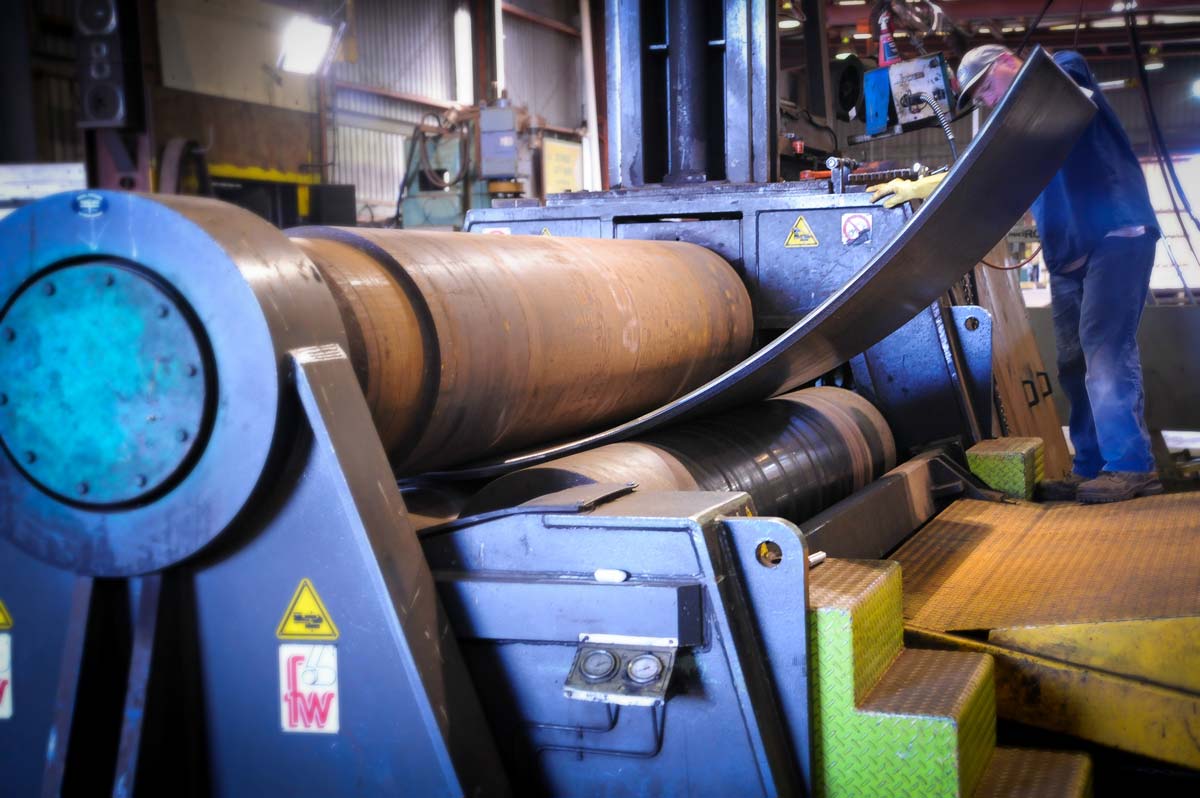Environment Victoria
In our report ‘Making sure the renewable boom delivers for Victorians’ we show how the Victorian Renewable Energy Target is supporting local manufacturers, and giving them the certainty to invest and grow their workforce.Right now the government’s priority should be making sure we all have what we need to be safe and well.
But while the timeline is still unclear, at some point our self-imposed hibernation will come to an end. It must be followed by concerted plans to create jobs and reset our economy, and the Andrews government will soon be deciding how to do that.
Together we need to ensure they are making the right choices. Sustainable solutions are fantastic job creators, and the government should help households and businesses in a way that also reverses the destruction of our climate and natural world.
Below is a summary of the ideas we have sent to key ministers and advisors (you can see the full document here). But we’re also asking supporters to contact their local MP and express their support for this positive vision.

This blog expands on the ideas published in our opinion piece in the Age newspaper.
This pandemic has shown we’re only as strong as the communities and environment around us. So let’s make sure we learn the lessons of this moment. Lessons like how amazing things happen when communities join together for a common cause. Or the ability of democratic governments to act in the best interests of all, and the importance of following the advice of our best scientists.
By connecting and moving forward together we can plant the seeds for a fairer and more sustainable society.
